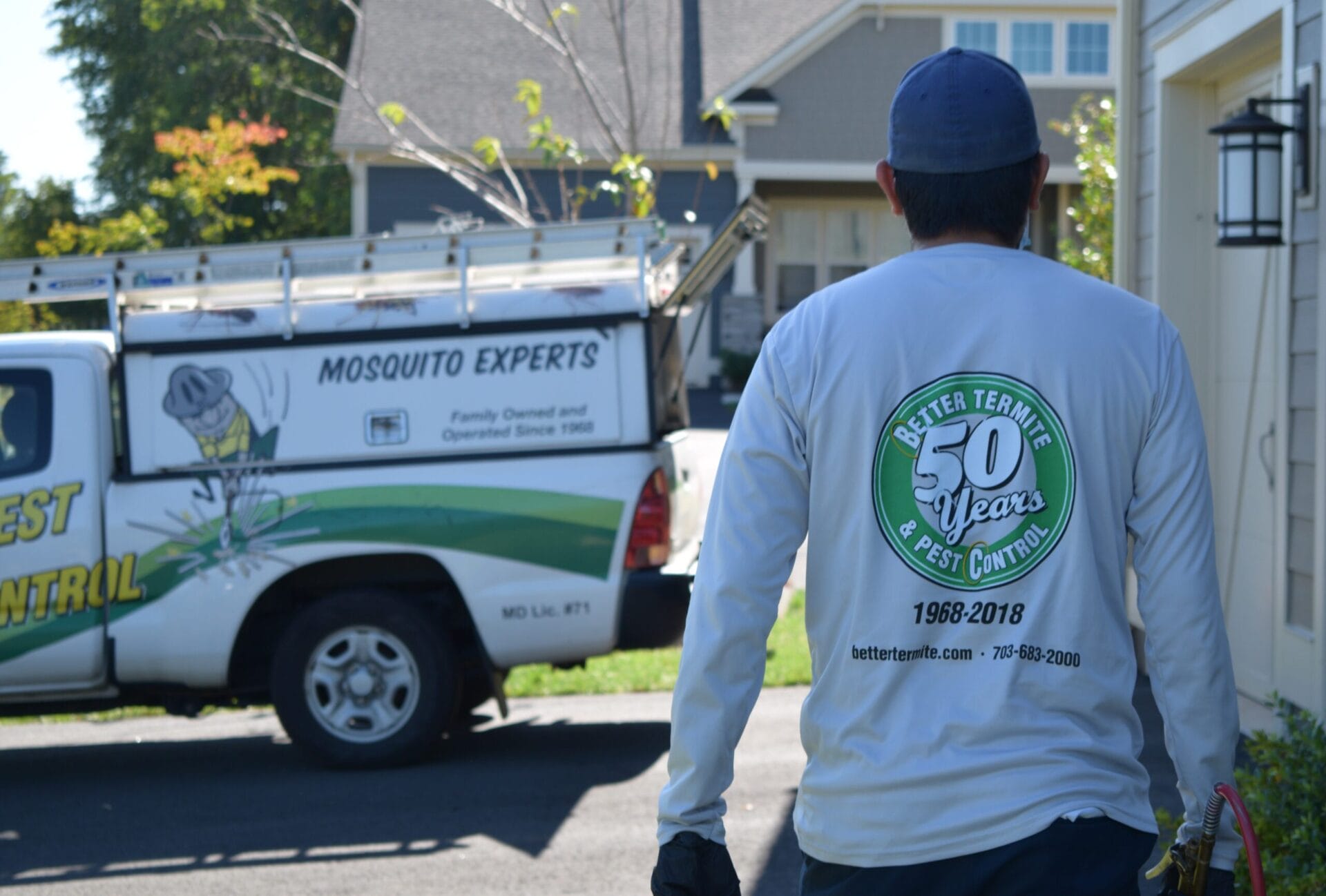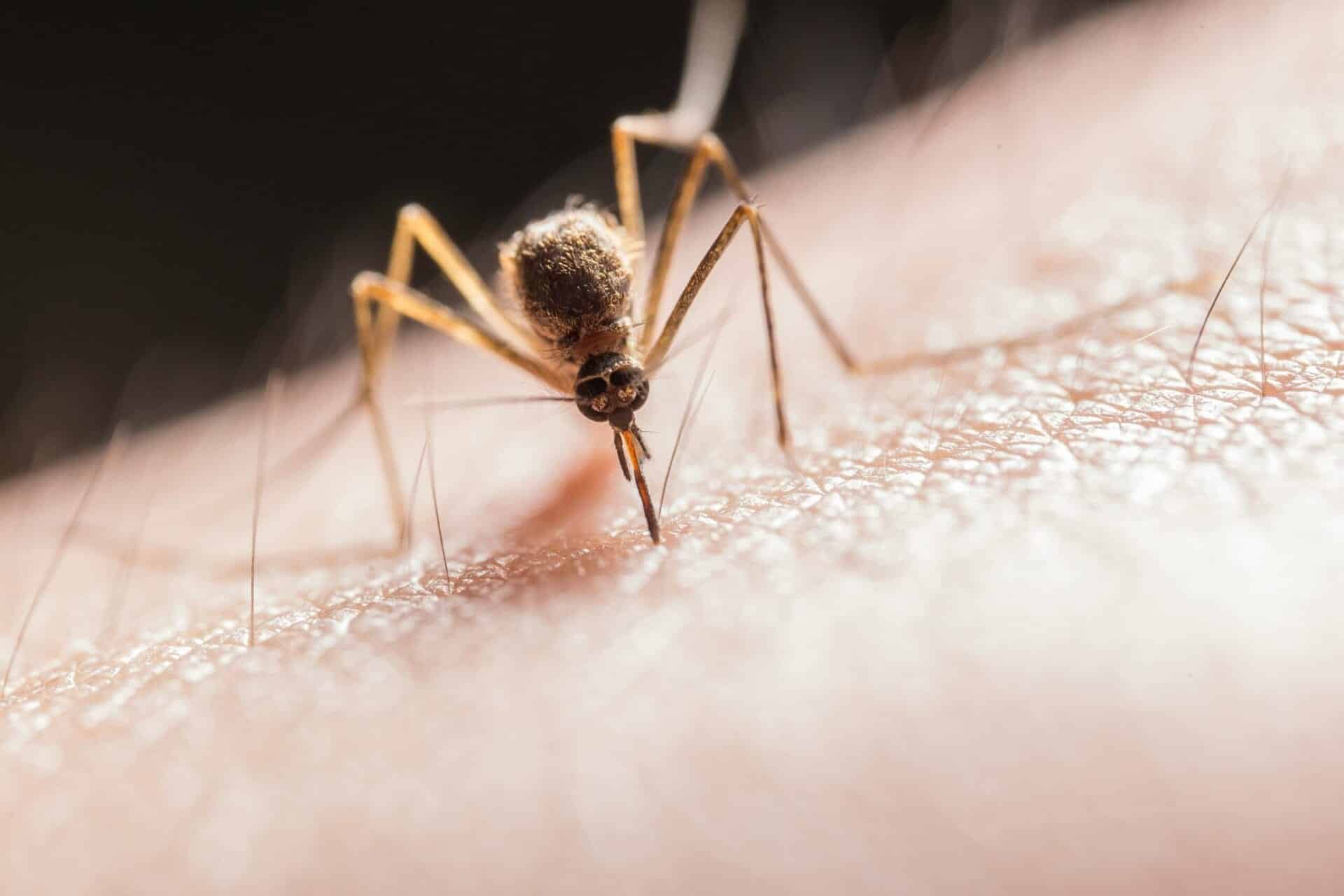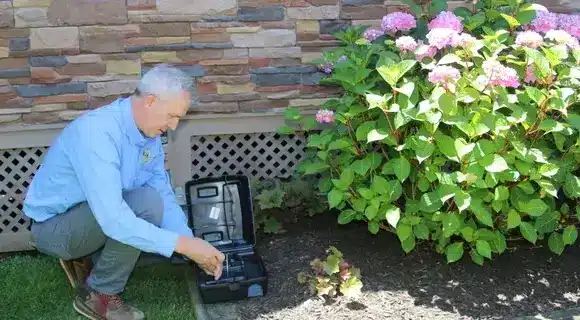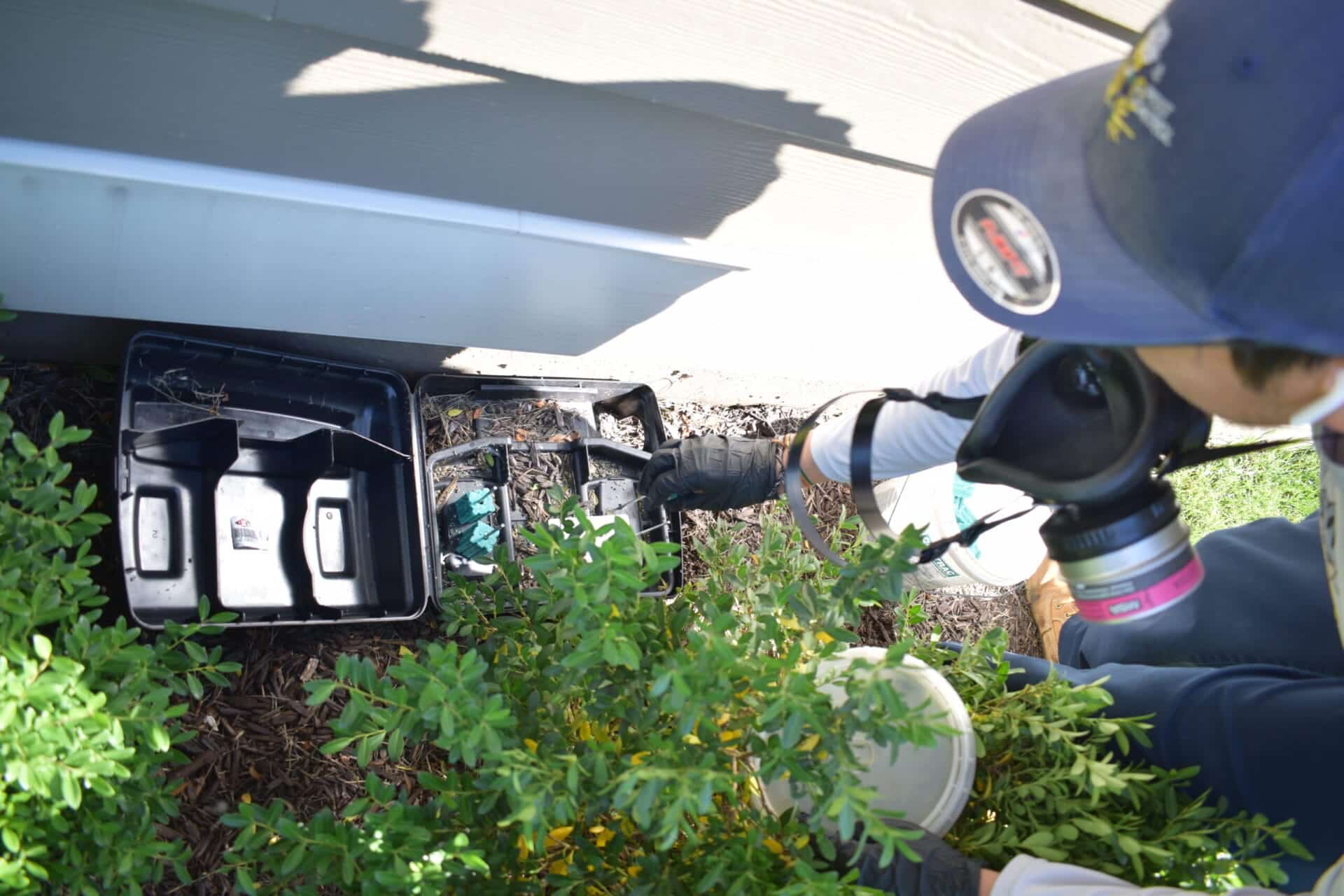


Quick Navigation
Finding ants marching across your bathroom tile can be both surprising and frustrating. After all, bathrooms aren’t known for food crumbs or sugary spills. But these tiny invaders have good reasons for showing up in your bathroom, and understanding why can help you get rid of them for good.
Ants in bathroom areas are especially common during spring when warm weather brings increased activity. In my years working with homeowners throughout the DC metro area, bathroom ant complaints rank among the most frequent calls we receive when temperatures start rising.
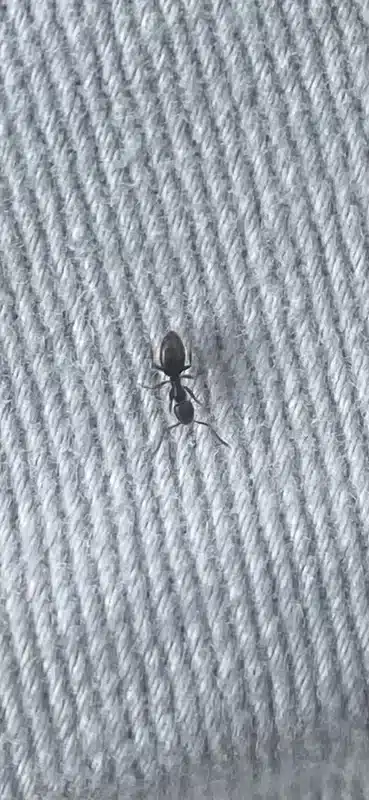
Your bathroom provides everything ants need to survive. Water is the primary draw – most ant species require consistent moisture to maintain their colonies. Bathrooms naturally maintain higher humidity levels than other rooms, creating an ideal environment for these pests.
Additionally, many bathroom products contain ingredients that attract ants. Glycerin in toothpaste and mouthwash provides a sugar source, while dead skin cells and hair offer protein. Even tiny residues left on counters or around drains can function as ant bait.
The warmth and moisture in bathrooms also help pheromone trails evaporate more effectively. This means ants can communicate better with their colony members, leading to larger groups following the same paths into your bathroom.
💧 Moisture Control Tip: Keep your bathroom humidity below 60% by running exhaust fans for at least 30 minutes after showering. This simple habit can dramatically reduce the conditions that attract ants to your bathroom.
Several ant species commonly invade bathroom spaces in Virginia, Maryland, and DC homes. Identifying which type you’re dealing with helps determine the most effective treatment approach.

These small brown ants measure 2.4 to 3.3 millimeters and emit a distinct coconut smell when crushed. According to the University of Maryland Extension, odorous house ants are the most commonly submitted household ant to their diagnostic lab. They often nest in wall voids near hot water pipes, making bathrooms prime territory.
Measuring just 1.5 to 2 millimeters, these yellow-to-amber ants are particularly problematic because they form multiple colonies. They frequently travel along plumbing lines between rooms, and traditional repellent sprays can cause their colonies to split into even more locations.
The largest bathroom invaders at 6 to 13 millimeters, carpenter ants don’t eat wood but excavate galleries in water-damaged areas. They commonly establish satellite colonies in moisture-damaged wood under bathtubs, shower pans, or flooring.
These small yellow ants build nests in damp, decaying wood. Their presence usually indicates hidden moisture problems rather than causing primary damage themselves. Finding moisture ants often reveals plumbing leaks or humidity issues that need attention.
Hidden water leaks create the perfect environment for ant colonies to establish themselves near your bathroom. Even small drips from supply lines or faucets can maintain wood moisture levels above 20 percent – the threshold where many ant species begin nesting in softened materials.
Condensation on cold water pipes provides another water source. Ants can drink directly from these areas or carry moisture back to their colonies using specialized mouthparts. Failed grout or caulk around shower areas allows water to seep behind tiles, creating hidden wet zones that attract various ant species.
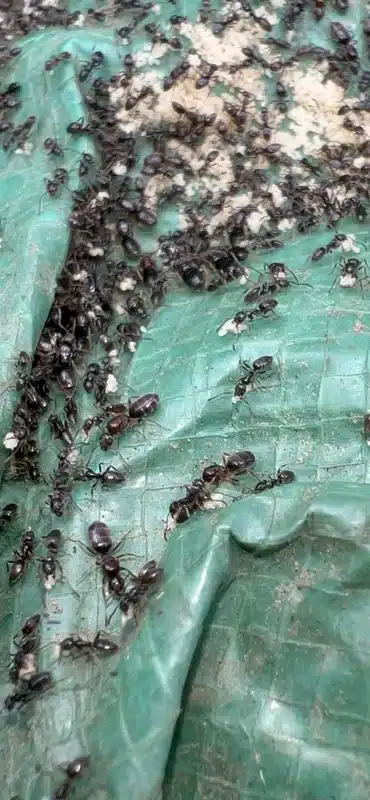
Bathroom exhaust fans that don’t run long enough after showers contribute to persistently high humidity. This creates conditions where ants can thrive even without direct water sources. Poor drainage around exterior foundations can also lead to moisture intrusion that eventually reaches bathroom areas.
Ants are remarkably skilled at finding tiny entry points that homeowners often overlook. They can exploit gaps as small as 0.4 millimeters to access your bathroom space.
Unsealed spaces where pipes penetrate floors or walls provide highway-like access for ant colonies. These annular spaces around supply lines, drain pipes, and vent connections often lack proper sealing materials.
Hairline cracks in tile grout may seem insignificant but offer easy passage for small ant species. Similarly, gaps around baseboards, window frames, and door trim can serve as entry corridors from wall voids or exterior areas.
According to Virginia Tech Extension, pavement ants frequently exploit foundation cracks, especially in homes with concrete slab construction.
Vegetation touching your home’s exterior creates bridges that allow ants to reach upper-level bathrooms. Ivy, shrubs, or tree branches that contact siding provide access routes to soffit vents or other openings near bathroom areas.
Successfully eliminating ants in bathroom areas requires addressing both the immediate infestation and underlying conditions that attract them. The most effective approach combines multiple strategies rather than relying on a single treatment method.
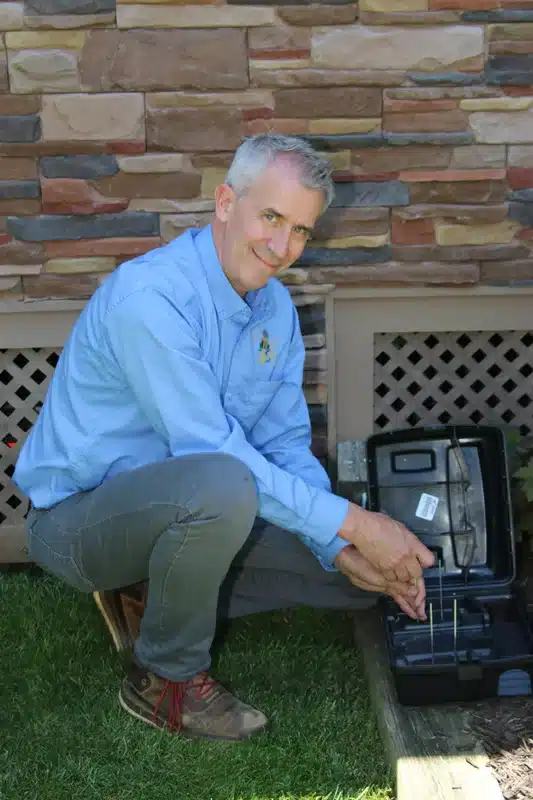
Before any treatment can be truly effective, you must eliminate excess moisture. Fix leaking faucets, supply lines, and drain connections immediately. Re-grout shower areas where water can penetrate behind tiles.
Run bathroom exhaust fans for at least 30 minutes after showers to reduce humidity levels. Consider adding a dehumidifier if your bathroom consistently maintains relative humidity above 60 percent.
Ant baits work better than sprays because they target the entire colony rather than just visible workers. Place gel or enclosed baits along active ant trails, focusing on areas where you’ve observed consistent activity.
Effective baits should contain slow-acting ingredients that allow worker ants time to carry the bait back to their colony before dying.
According to Penn State Extension research on Integrated Pest Management, the most effective ant baits contain slow-acting ingredients like boric acid, hydramethylnon, or fipronil. These active ingredients are specifically chosen because they allow worker ants sufficient time to carry the bait back to their colony and share it with other colony members, including larvae and the queen, before the toxin takes effect. This delayed action is critical for colony elimination – fast-acting ingredients only kill the foraging workers without impacting the main colony structure.
Avoid cleaning surfaces where you’ve placed baits for at least a week. Early increases in ant activity are normal as more workers follow established trails to harvest the bait.
Resist the urge to spray ants in bathroom areas with aerosol insecticides. These products kill visible workers but leave colonies intact, often causing them to split into multiple locations. This makes the overall problem worse rather than solving it.
Long-term ant prevention requires consistent maintenance and attention to conditions that attract these pests to bathroom areas. Small efforts applied regularly prove more effective than major interventions after infestations establish.
Use silicone caulk to seal gaps around pipe penetrations, baseboards, and window frames. For larger voids, insert backer rod before applying caulk to prevent the material from falling through.
Check and replace worn weatherstripping around bathroom doors and windows annually. Even small gaps can provide access for tiny ant species like pharaoh ants.
Keep vegetation trimmed at least 18 to 24 inches from your home’s exterior walls. This eliminates bridge pathways that allow ants to reach bathroom areas from outdoor colonies.
Ensure proper drainage around your home’s foundation. Water that pools near exterior walls can eventually lead to moisture intrusion that attracts ants to interior spaces, including bathrooms.
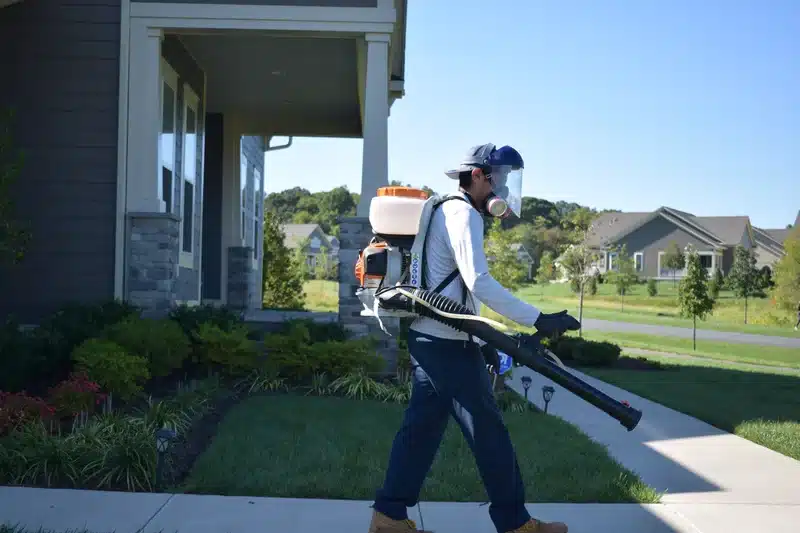
Wipe down bathroom counters and sinks daily to remove residues that attract ants. Pay attention to areas around toothbrush holders, soap dispensers, and decorative items where buildup commonly occurs.
Wash and completely dry bathmats and towels regularly. Damp fabric provides moisture that can attract ant scouts searching for water sources.
🔧 Prevention Priority: Focus on sealing pipe penetrations first – these are the most common entry points for ants in your bathroom. Use silicone caulk around all plumbing connections for immediate improvement.
Some bathroom ant situations require professional intervention to achieve lasting results. Knowing when to make this call can save time, money, and frustration compared to continued DIY attempts.
Persistent activity after multiple treatments indicates a more complex situation than surface-level baiting can address. If you still see ant trails after two complete bait cycles (approximately 3 to 4 weeks), professional assessment becomes necessary.
Large carpenter ants appearing inside your bathroom, especially winged forms, signal established colonies within your home’s structure. These situations require specialized equipment and techniques to locate and eliminate hidden nests effectively.
Multiple small ant species or repeated reinfestations often indicate underlying moisture problems that need professional diagnosis. Licensed technicians can use moisture meters and inspection tools to identify hidden issues that DIY approaches miss.
Complex plumbing configurations, shared walls in townhomes, or suspected damage to structural elements require expertise beyond typical homeowner capabilities. Professional treatments for these situations often prove more cost-effective than repeated attempts with retail products.
When we respond to ants in bathroom calls, our registered technicians begin with thorough inspection of both interior and exterior areas. This includes checking for moisture issues, identifying entry points, and determining which ant species we’re dealing with.
We focus on non-repellent treatments that allow ants to carry materials back to their colonies naturally. Our approach targets the root of the problem rather than just visible symptoms.
For carpenter ant situations involving structural damage, we coordinate moisture repairs with targeted treatments to prevent recurrence. This comprehensive approach addresses both immediate ant activity and underlying conditions that caused the problem.
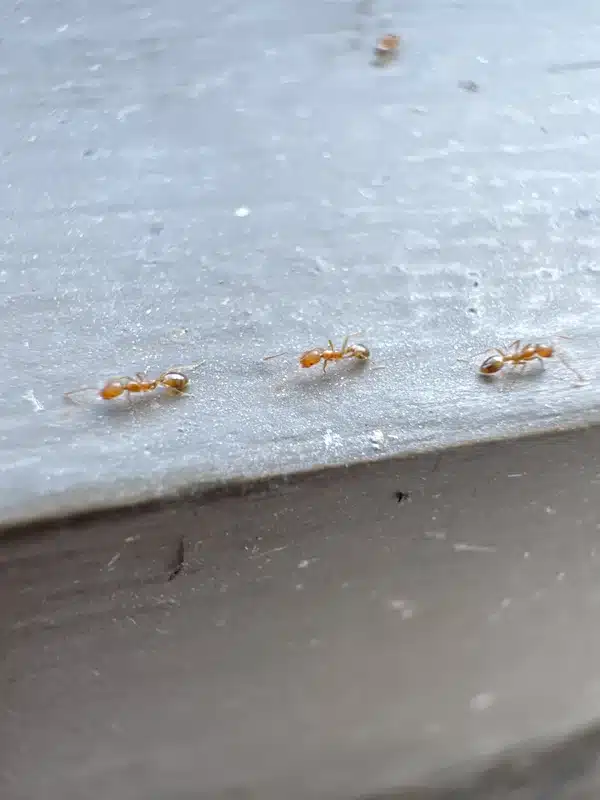
Homes in Virginia, Maryland, and DC face specific challenges that increase bathroom ant problems. The humid subtropical climate maintains average July humidity around 68 percent, extending ant foraging seasons and increasing moisture intrusion risks.
Many older homes in our area feature plumbing configurations that create ideal ant habitat. Shared wall spaces in DC row homes and Maryland townhomes allow ant colonies to spread between units, requiring coordinated treatment approaches.
Clay-heavy soils common in areas like Chantilly hold moisture near foundations, while poor drainage in developing areas like South Riding creates conditions that drive outdoor ant colonies to seek interior water sources.
Frost heave and foundation settlement in older brick homes throughout Maryland create new cracks that pavement ants readily exploit to reach interior spaces including bathrooms.
Our bathroom ant treatments typically involve both interior and exterior applications designed to eliminate existing colonies and prevent reestablishment. Interior treatments focus on crack and crevice applications using non-repellent materials that ants will carry back to their nesting sites.
Exterior perimeter treatments create protective barriers around your home’s foundation. These applications target outdoor colonies before they can establish interior satellite nests in bathroom areas.
For carpenter ant situations, we may recommend structural treatments involving specialized dusts or foams applied directly to nesting sites. These treatments require identifying exact colony locations, often using moisture detection equipment to find water-damaged areas.
Our quarterly maintenance programs provide ongoing protection against seasonal ant activity. Most treatment materials remain effective for approximately 90 days, making regular reapplication necessary for long-term control.
Dealing with ants in bathroom areas requires understanding why they’re attracted to these spaces and addressing both immediate activity and underlying moisture conditions. Professional treatment becomes valuable when DIY approaches don’t provide lasting results or when structural issues contribute to recurring problems.
If you’re experiencing persistent bathroom ant issues or want to establish preventive protection for your home, our registered technicians can provide detailed assessment and targeted treatment options. Call us at 703-683-2000 or email info@bettertermite.com to discuss your specific situation and schedule an inspection.
Ants appear in bathrooms primarily seeking water and moisture. Even small plumbing leaks, condensation, or high humidity levels can attract ant scouts. Once they establish trails, other colony members quickly follow to exploit the water source.
Odorous house ants, pharaoh ants, and moisture ants are the most frequent bathroom invaders in the DC metro area. Carpenter ants may also establish satellite colonies in water-damaged areas around bathtubs or shower enclosures.
Yes, ant baits prove much more effective than sprays for bathroom infestations. Baits allow worker ants to carry poison back to their colonies, eliminating the entire nest. Sprays only kill visible ants while leaving colonies intact.
Fix all moisture issues including leaky faucets and failed caulking. Run exhaust fans for 30 minutes after showers, seal entry points around pipes, and maintain exterior vegetation away from your home’s walls to prevent ant access.
Consider professional help when ant activity persists after several weeks of baiting, when you see large carpenter ants indoors, or when repeated treatments fail to provide lasting results. Complex moisture issues often require professional diagnosis and treatment.
Most bathroom ants don’t directly damage plumbing, but carpenter ants can excavate galleries in water-softened wood around fixtures. Their presence often indicates existing moisture damage that needs repair to prevent structural problems.
With proper baiting techniques, you should see reduced activity within one to two weeks. Complete elimination typically takes 3 to 4 weeks as baits work through the entire colony. Moisture control measures are essential for preventing recurrence.
Natural deterrents like cinnamon, coffee grounds, or vinegar may temporarily disrupt ant trails but don’t eliminate colonies. For lasting control of bathroom ant problems, targeted baits and moisture control prove much more effective than home remedies.
Don’t let bathroom ants take over your home. Get expert ant control services that target the root of the problem and prevent future infestations.

With five years of hands-on experience in the pest control industry, George Schulz is a registered technician with the Virginia Pest Management Association and a proud third-generation professional in a family business that’s been protecting homes for over 57 years. He manages and trains a team of service pros while also leading internal research efforts—recently spearheading a deep-dive review of thousands of documents on pest control materials to hand-pick the most kid and pet friendly, most effective solutions tailored specifically for homes in the DC metro area. Read his bio.

